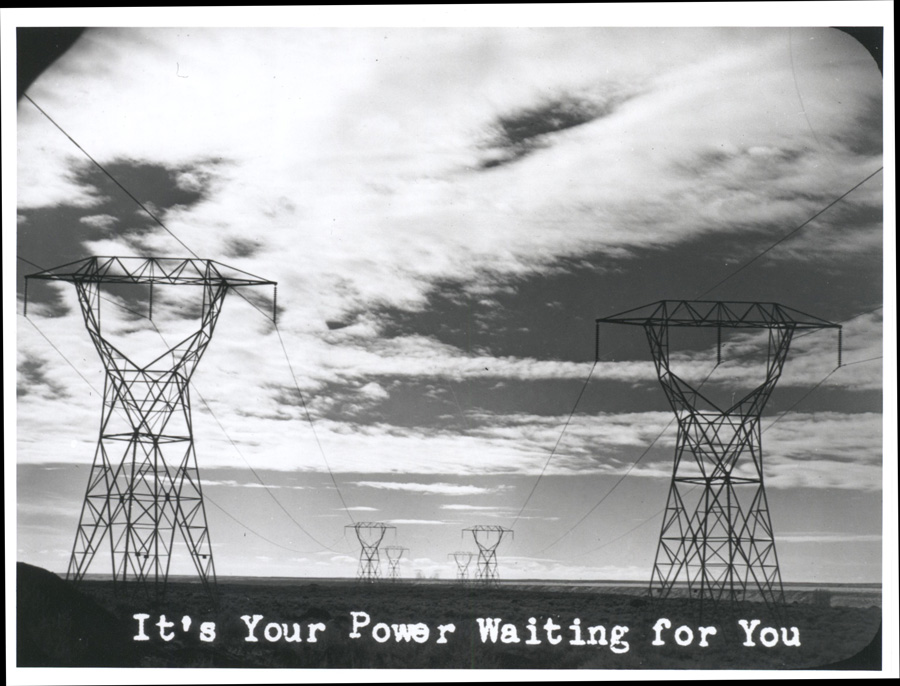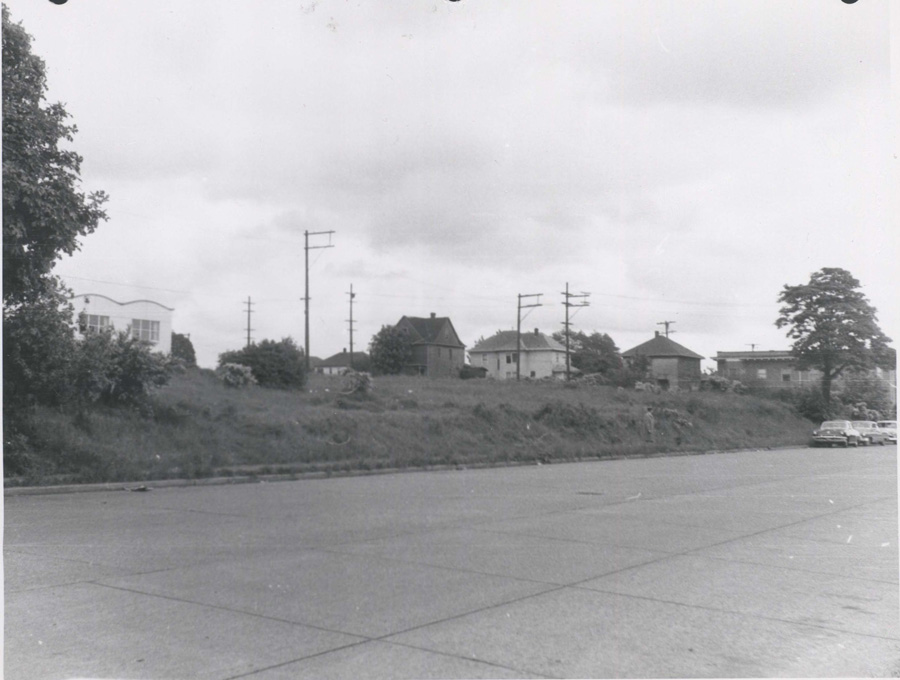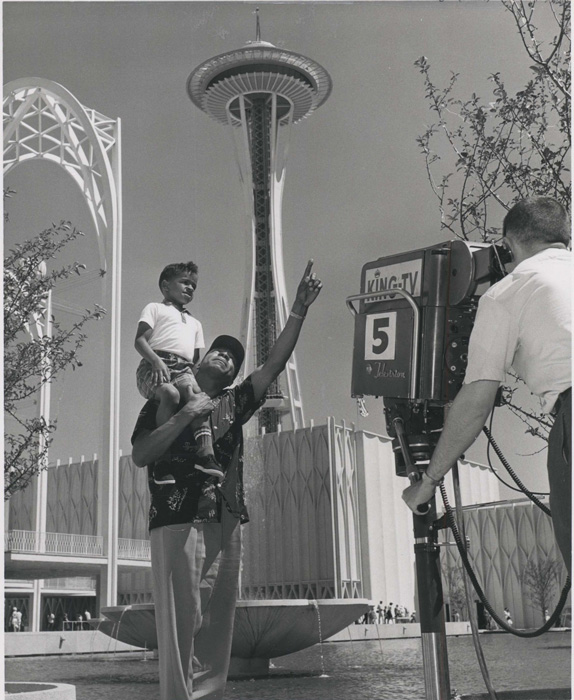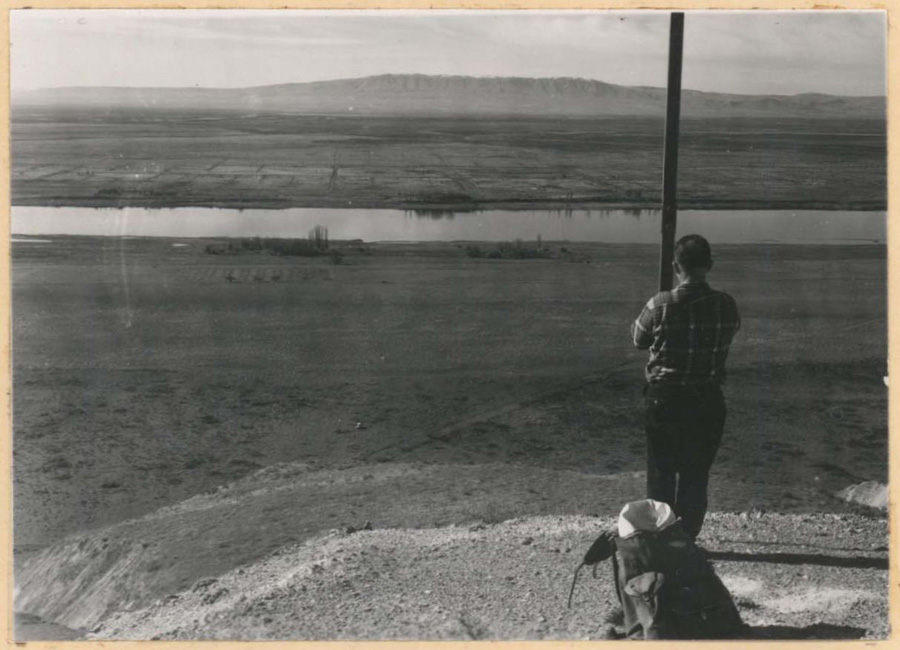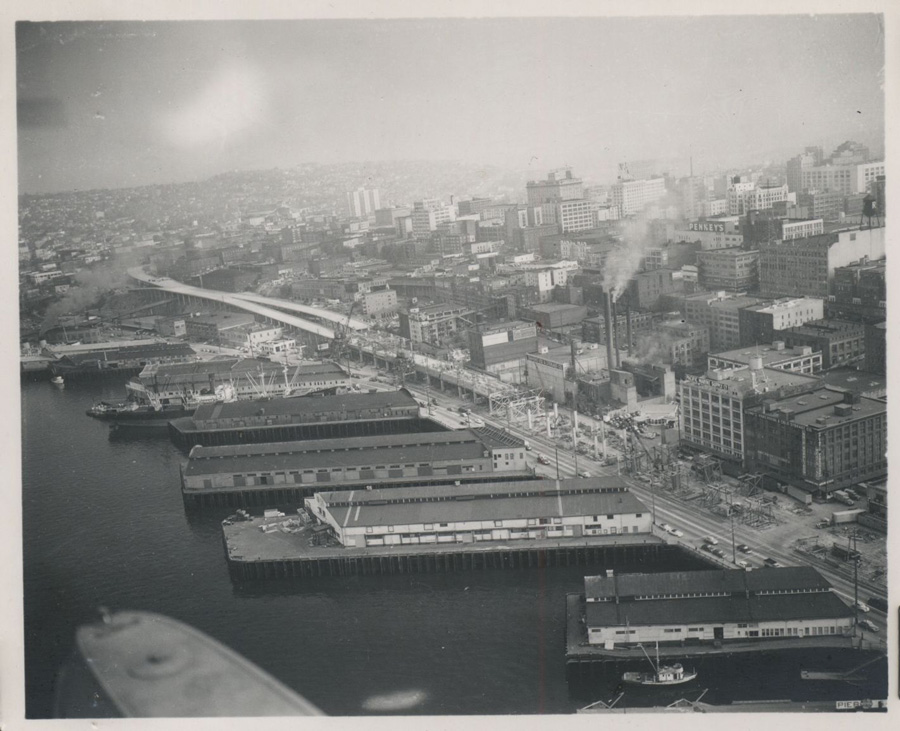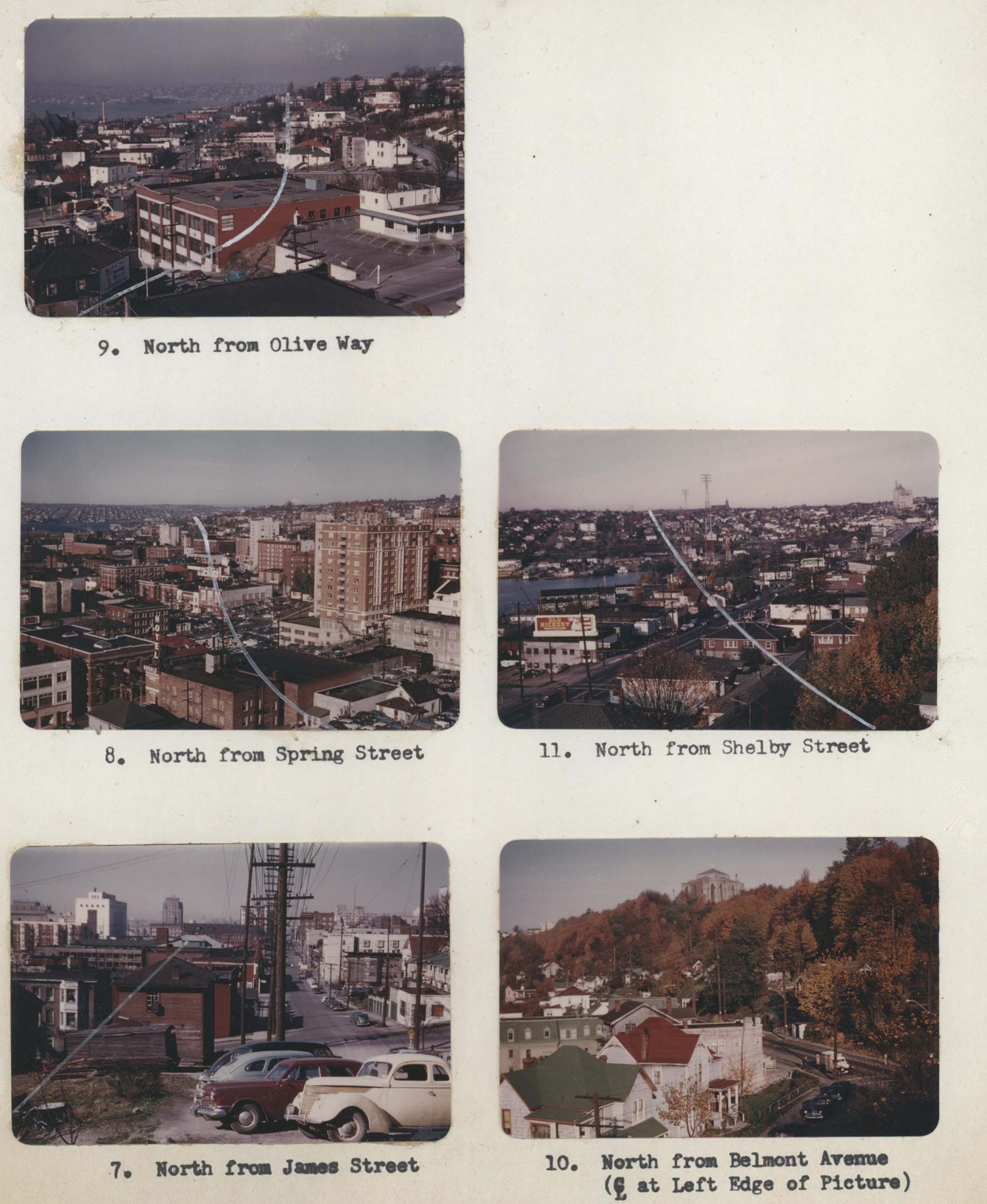
Post-War America
World War II brought significant changes to the Pacific Northwest. The traditional industries of lumbering, fishing and agriculture were joined by transportation and aircraft manufacturing, atomic energy research and production, aluminum production, and tourism. An economic slowdown followed the end of the war as government contracts were cancelled, military equipment surpluses, and the region returned to a peacetime economy. By the 1950s, the economy had rebounded fueled, in part, by defense spending for the Cold War and "hot" Korean War.
While the Cold War simmered across the globe, many in the Pacific Northwest turned their attention to bettering their own lives. Miles of interstate highway were laid, enabling workers to extend their commutes leading to the growth of cities and suburbia. Growth and affluence also blinded many to injustices such as poverty and racial segregation. In the 1960s, reformers called on Americans to address these issues. As with the years following World War I, recreation became the nation's past time and in 1962, Seattle threw a party to which they invited the world. Many of Seattle's iconic centerpieces date from the Seattle World's Fair and have become synonymous with Seattle. Many visitors to the World's Fair took the opportunity to experience the natural beauty of the Pacific Northwest by visiting the mountains, forests, and waterways of the region.
